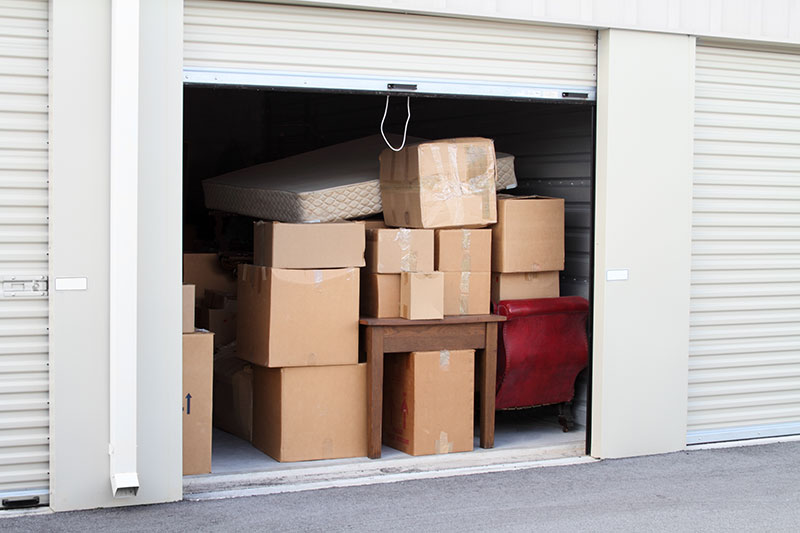Mold, The Dreaded Threat: Four Steps To Keep It From Appearing In Your Storage Unit
There are few experiences more disheartening than opening up your storage unit to find that your items are covered in a layer of mold. While choosing a climate-controlled storage unit like those at Secure Climate Storage greatly reduces your chances of mold, it’s still important for you to take steps to prevent mold growth as you pack your items and fill your storage unit. Here are four such steps you can take.
Clean and Dry Your Appliances
Your refrigerator, especially, is an ideal breeding ground for mold if you do not clean it prior to storage. Make sure you do this at least a week before moving day so you can leave the fridge open and let the interior dry out completely after cleaning. Remove all of the drawers and shelves to clean them individually, being sure to remove all food debris.
Even small appliances like toasters and blenders should be thoroughly cleaned and dried before storage. All it takes is a few moist breadcrumbs or a smear of barbecue sauce to start the mold growth process. Store all appliances with the drawers and doors propped open a little so that if there is any lingering moisture inside, you do not trap it.
Move On a Dry Day
If items get rained on when you’re moving them into storage, they’ll be moist and prone to mold. When you are planning to move your items into a storage unit, always schedule a rain date. This way, if your moving day arrives and it’s down pouring rain, you don’t have to risk getting your items wet.
If you absolutely must move when it is raining, use a waterproof tarp to cover items as you carry them from the moving truck to the storage unit. If any of your items get wet, dry them off with a towel–ideally before the water has a chance to soak in.
Set Up Some Desiccant
Humidity levels in a climate-controlled unit should not climb too high, but it does not hurt to take extra precautions. Purchase some containers or silicone desiccant, which are usually marketed as a means of drying out basements, at a local hardware store. Place one in each corner of the storage unit. If humidity levels rise, these will absorb moisture out of the air so it does not accumulate on your items and lead to mold growth.
Kitty litter is a good alternative to silicone desiccant if you’re in a pinch. Pour a bag of clay-based litter into a bucket and set it in the corner of your storage unit. Replace the litter every two or three weeks to keep the air dry.
Store Items Off the Floor
Storing items on pallets or shelves may seem like an unlikely way to prevent mold. But consider what would happen if a bottle of water or soda broke or spilled in the storage unit next to yours. It could leak under the walls, soak through your boxes, and then cause mold to grow on the items inside. If your items are up off the floor, the liquid will just pool there and eventually evaporate–hopefully being absorbed by your desiccant or the facility’s dehumidifiers rather than by your possessions.
Stack your boxes on wood pallets, and consider purchasing an inexpensive shelving unit where you can keep smaller, unboxed items. It’s worth spending a few dollars on pallets and shelving to avoid having to replace items that mold.
Mold can destroy most any item, from clothing to toasters, so make sure you follow the steps above to prevent mold growth in your storage unit. Even in climate-controlled units, being proactive is a smart approach.

